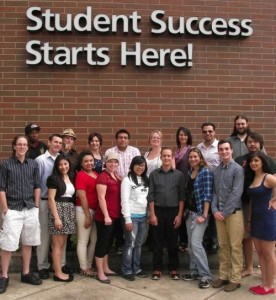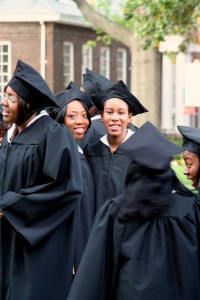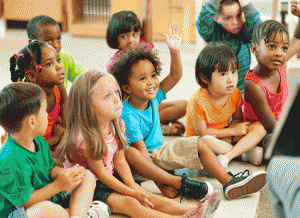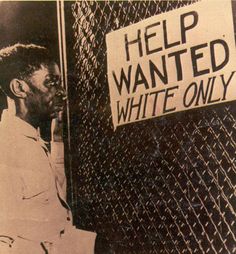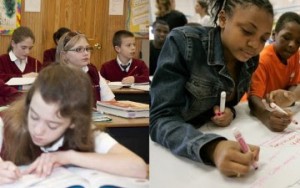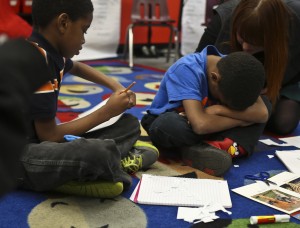
Despite the increasing visibility of transgender students on college campuses, there is a dearth of research understanding their experiences in the classroom. It is important to understand their needs because instructors may lack preparedness or willingness to foster supportive environments for transgender students. Additionally, some students may be marginalized by campus spaces or policies reinforcing gender binary systems and by rigid gender role behavior of peer groups.
Pryor sought to reduce this knowledge gap by interviewing five self-identified transgender and genderqueer students at a major research university. Pryor wanted to understand how these students experience classroom environments and how these experiences at a research university influence their overall college experience.
Four themes emerged from the interviews. First, the coming out process appeared to provoke anxiety in the students, but they felt more comfortable coming out in smaller classes. Second, students reported feeling disrespected by faculty who were resistant to using chosen gender pronouns or who outed students during attendance in class. While some of the students had affirming interactions, others felt that instructors did not support them in the classroom environment. Third, some students reported positive peer experiences and felt supported while others reported experiencing harassment or feeling dehumanized. Fourth, the course context and campus interactions dictated whether the students felt comfortable. For example, students felt more comfortable in gender studies courses than in a language course where, in teaching gendered pronouns, the instructor continually misgendered the student. Students also found support in services provided by the LGBTQ resource and social justice center and in counseling services. Pryor hopes these findings encourage promotion of institutional policies and practices that are inclusive of the transgender student community.
You can read the full article here:
Jonathan T. Pryor, Out in the Classroom: Transgender Student Experiences at a Large Public University, Journal of College Student Development, 2015.
Sarah Garcia is a graduate student in Sociology at the University of Minnesota who studies population health and inequality.

